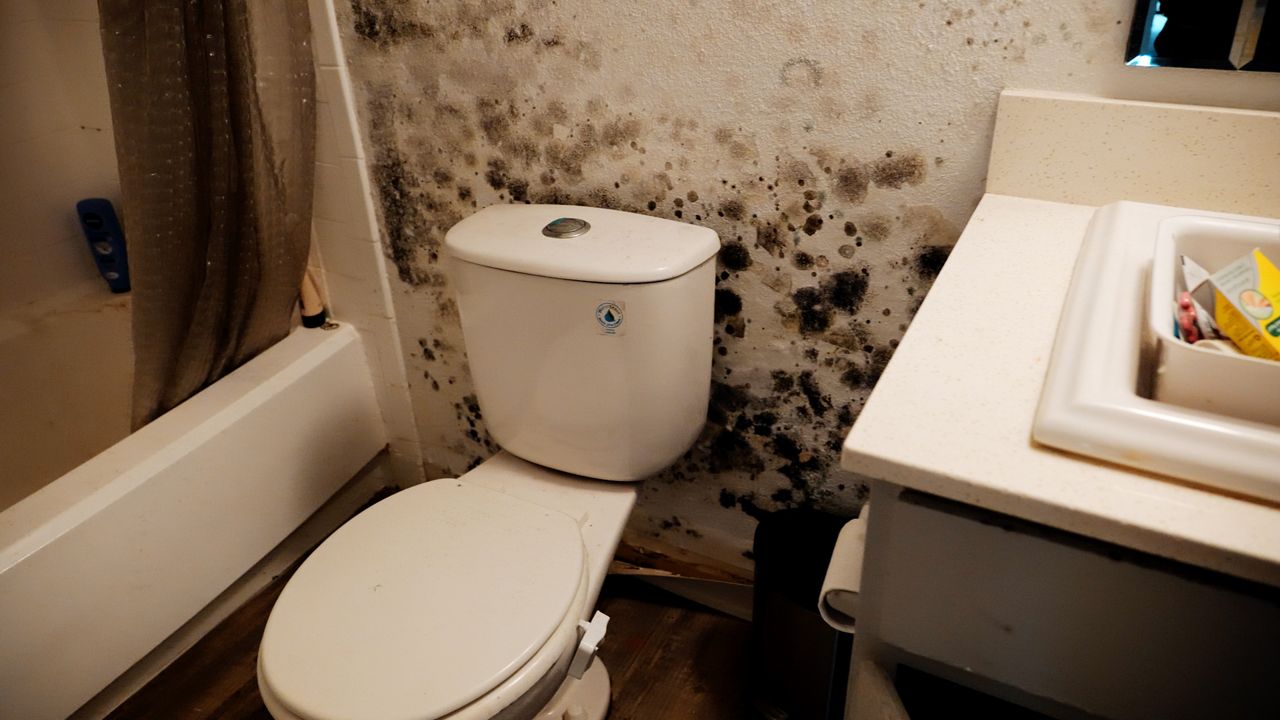Intense storms, rising sea levels, and flooding all have one thing in common: mold.
And it’s a health risk that not everyone thinks about.
You might only think of structural damage when it comes to flooded homes, but you should also consider your health.
Mold can grow in damp areas of your home, especially in furniture, carpet and drywall, and this can occur in as little as a few days.
Mold can affect your respiratory health, and children and people with respiratory issues are especially vulnerable.
Some symptoms of mold exposure can include:
- Sneezing
- Runny nose
- Red eyes
- Skin rash
- Asthma attacks
To minimize health risks, Climate Central suggests:
- Sealing off moldy areas in your home
- Throwing away anything that might have mold
- Use HEPA filters throughout your home to improve the air quality
Mold in your home can also occur without flooding or a storm, but there are measures you can take to prevent mold buildup.
Climate Central says you can “maintain indoor between 30-50%, engage in proper exterior drainage and home maintenance and clean your AC and HVAC systems regularly.”
Our team of meteorologists dives deep into the science of weather and breaks down timely weather data and information. To view more weather and climate stories, check out our weather blogs section.



